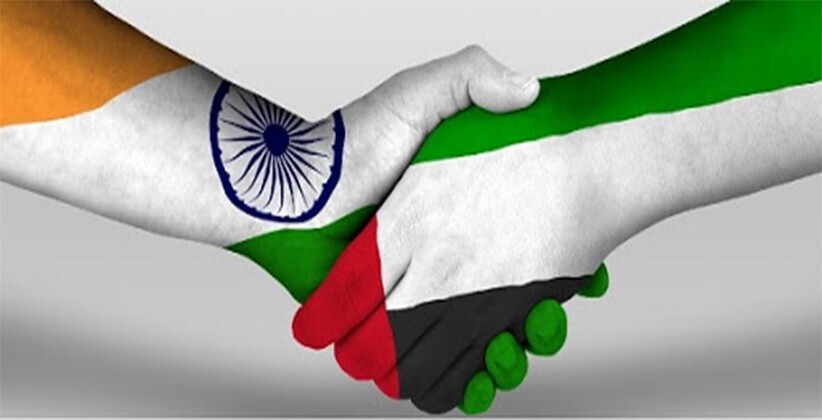

At a time when global bilateral trade relations face mounting uncertainty, India and the United Arab Emirates (UAE) are moving into a new alliance centered on premium aluminium and steel. According to a report on July 2, Union Steel Minister H.D. Kumaraswamy and UAE Economy Minister Abdulla Bin Touq Al Marri met as part of a high-level engagement to advance India-UAE cooperation under the CEPA (Comprehensive Economic Partnership Agreement) framework.

The meeting was focused on joint development of high-grade aluminium and steel, which are vital for India’s growing automobile and strategic sectors.
“We see clear synergy in jointly producing and trading high-quality steel and aluminium for use in sectors such as automobiles, mobility, and high-end manufacturing,” Shri Kumaraswamy said while emphasising India’s key role as the world’s second largest aluminium and steel producer, wherein he also outlined the nation’s commitment to green and high-value manufacturing of these two metals.
CEPA: the catalyst for trade growth
The signing of India-UAE Comprehensive Economic Partnership Agreement (CEPA) completed its three years on February 18, 2025. CEPA is a full and agreement that was signed during a virtual summit between the Honourable Prime Minister of India, Narendra Modi, and His Excellency the President of the UAE and Ruler of Abu Dhabi, His Highness Sheikh Mohamed bin Zayed Al Nahyan. The agreement, with the expectation to boost bilateral trade from USD 60 billion to USD 100 billion within the next five years from enforcement, came into effect on May 1, 2022.
A key feature of CEPA is the elimination of tariffs on more than 10,000 product lines over a 10-year horizon, benefiting a broad swathe of sectors from energy and textiles to metals and agriculture.
Tariff elimination means no customs duties on trades between India and UAE, enabling them to have greater access to each other’s market. Since CEPA in place, bilateral trade between India and UAE just doubled from about USD 43 billion to USD 83.7 billion in FY2023-24. In the first nine months of FY25, trade reached $71.8 billion, driven by CEPA’s focus on diversifying the trade basket, with non-oil trade reaching USD 57.8 billion in FY24, accounting for more than half of the total trade. According to the Ministry of Commerce, both countries are on track to achieve the afore-mentioned target of 100 billion by 2030.
Responses








